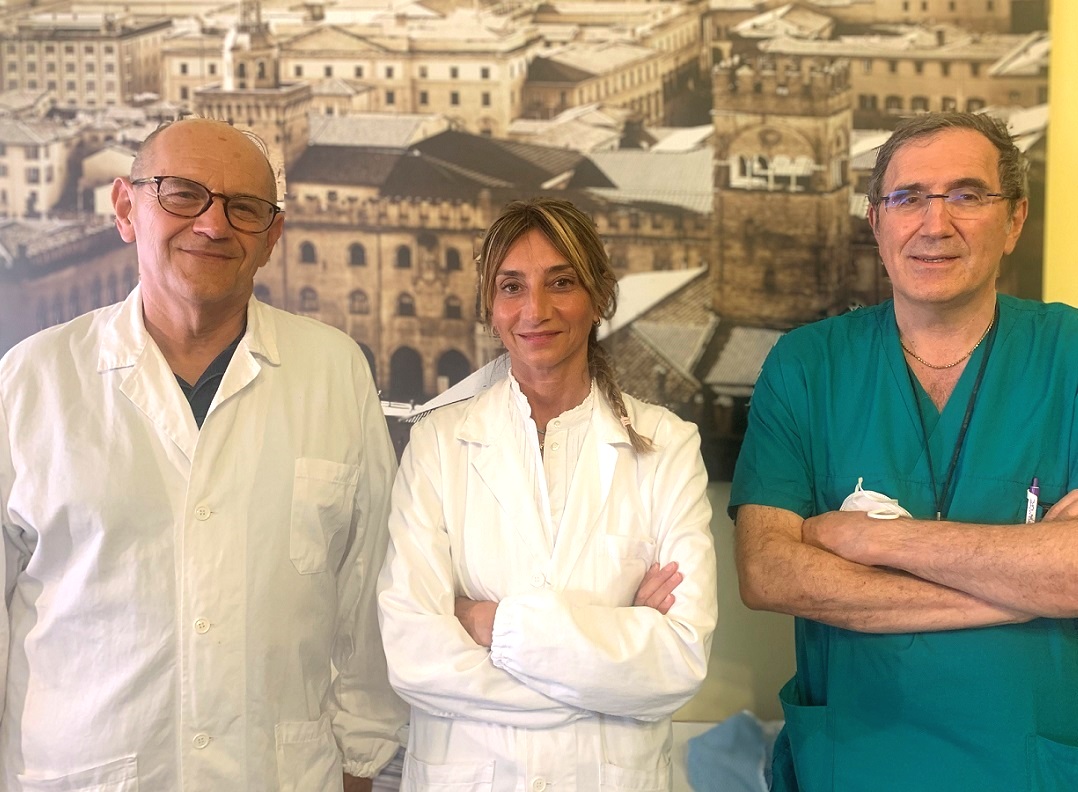She had a 3D printed titanium sternum (the first of its kind in Italy) implanted three years ago at the Rizzoli Orthopaedic Institute and is now the mother of a baby girl, born at the S. Orsola Hospital in Bologna.
At the time she was 27 years old and had been affected by a very rare giant cell tumor. The titanium prosthesis was custom made starting from the patient's specific clinical and diagnostic data: otherwise it would have been impossible to reconstruct the exact morphology of the sternum and ribs and then insert the prosthesis with millimetric precision in the chest. Together with the titanium prosthesis, a tendon band from the Rizzoli Musculoskeletal Tissue Bank (which stores and distributes over 50% of the donor tissue used throughout Italy) was implanted in close contact with the heart and lungs.

"Our multidisciplinary team dedicated to bone tumors has continued to follow the patient with periodic checks in these years” - says Dr. Michele Rocca, head of the Thoracic Musculoskeletal Surgery Unit at Rizzoli, who performed the surgery in 2018 with his collaborator Dr. Mariacristina Salone – “but when we learned about the pregnancy, I won't hide the fact that there was a minimum of apprehension, after all we had replaced two-thirds of the sternum and six ribs with a titanium implant that would inevitably interact with the natural but profound changes of the body during the gestation and then at the time of the delivery.
We therefore involved Professor Gianluigi Pilu, director of the Unit of Obstetrics and Prenatal Medicine at S. Orsola, with whom we collaborate as Rizzoli in situations of potential criticality in this field."
The delivery was supervised by Professor Giuliana Simonazzi of the S. Orsola team; the Rizzoli surgeons watched over the aspects related to the presence of the titanium implant.
"Everything went well. The checks carried out on the new mother after the birth gave good results. We wanted to tell this story, while maintaining the patient's privacy, because we felt it was important to let people know that research efforts to find new technologies and treatment methods can succeed in changing the story of the patients we treat every day."


